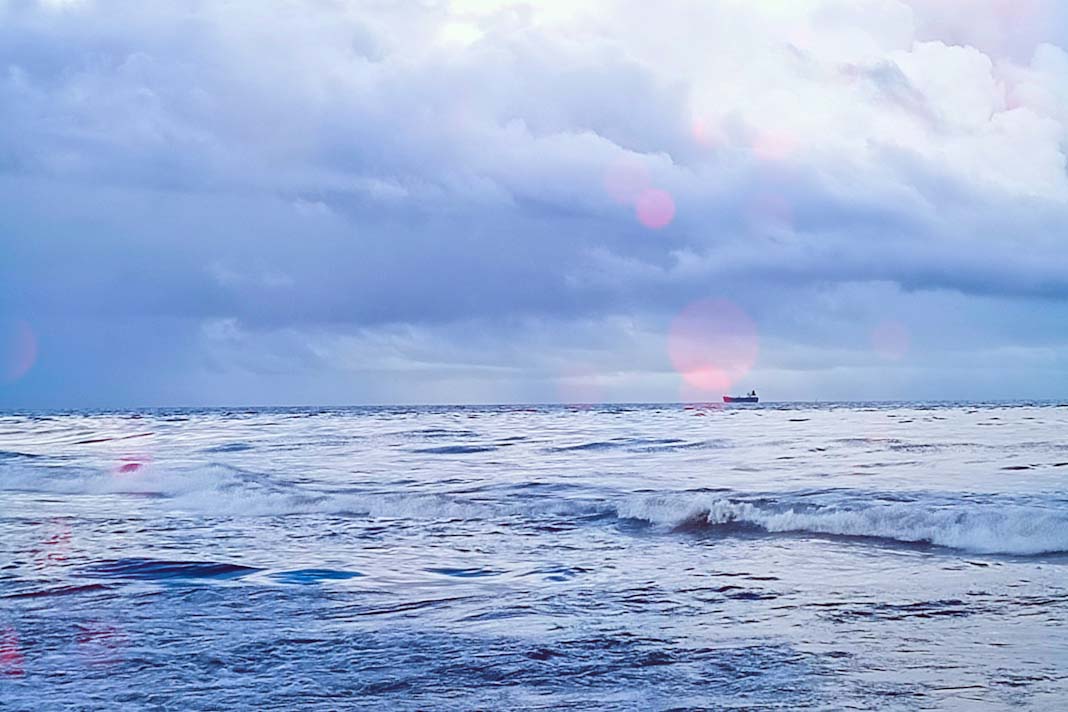The National Museum of Denmark announced that two 18th-century shipwrecks discovered off Costa Rica, long suspected to be pirate ships, have now been definitively identified as two Danish slave ships: the Fridericus Quartus and the Christianus Quintus, reports CBS.
Historical Account
Marine archaeologists have positively identified two shipwrecks off the coast of Central America as the Danish slave ships Fridericus Quartus and Christianus Quintus. According to historical records, these ships were wrecked in 1710. The National Museum of Denmark made the announcement, accompanied by images showing archaeologists Andreas Kallmeyer Bloch and David Gregory conducting underwater excavations of bricks and wood from the wreckage.
Historical accounts detail that the Fridericus Quartus was set on fire following a mutiny, while the Christianus Quintus was wrecked in the surf after its anchor line was cut. The exact location of these shipwrecks had remained unknown until now.
The museum noted that two wrecks in the waters of the Cahuita National Park in Costa Rica had been known for a long time. However, they were initially believed to be pirate ships. A turning point came in 2015 when American marine archaeologists discovered yellow bricks in one of the wrecks, prompting new questions about the ships’ true history.
Danish Shipwrecks
“The analyses are very convincing, and we no longer have any doubts that these are the wrecks of the two Danish slave ships,” stated Gregory, the research professor at Denmark’s National Museum.
He further elaborated on the evidence, saying, “The bricks are Danish, and the same goes for the timbers, which are additionally charred and sooty from a fire. This fits perfectly with the historical accounts stating that one of the ships burned.”
Fellow marine archaeologist Bloch, who is also a museum curator, described the excavation as “undoubtedly the craziest archaeological excavation I’ve yet been part of.” He emphasized the significance of the discovery, noting, “Not only because it matters greatly to the local population, but also because it’s one of the most dramatic shipwrecks in the history of Denmark, and now we know exactly where it happened.”
Did you subscribe to our daily Newsletter?
It’s Free Click here to Subscribe!
Source: CBS

















